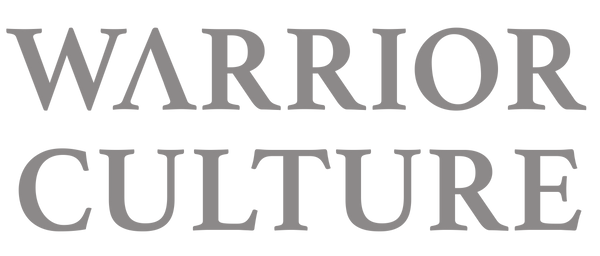
Bravo November
Share
Bravo November Flying Legend. | Warrior Culture.
Bravo November is the original identification code painted on a British Royal Air Force Boeing Chinook HC4 military serial number ZA718. It was one of the original 30 aircraft ordered by the RAF in 1978 and has been in service ever since. It has been upgraded several times in its history, now being designated as an HC4 airframe. It has seen action in every major operation involving the RAF in the helicopter's 30-year service life. Since 1982 it has served in the Falkland Islands, Lebanon, Germany, Northern Ireland, Kurdistan, Iraq and Afghanistan. The aircraft has seen four of its pilots awarded the Distinguished Flying Cross for actions whilst in command of Bravo November.
Falkland’s War
In April 1982 Bravo November was loaded, along with three other Chinooks, aboard the container ship MV Atlantic Conveyor bound for the Falkland Islands on Operation Corporate. Atlantic Conveyor was hit by an Exocet missile destroying the vessel along with its cargo. Bravo November was on an airborne task at the time and managed to land on HMS Hermes, gaining the nickname The Survivor. It was the only serviceable heavy lift helicopter available to British forces involved in the hostilities. The first of its four Distinguished Flying Crosses came for actions in the Falklands.
Iraq War
Twenty years after the Falklands conflict Bravo November saw service in Iraq, being the first British helicopter to land Royal Marines ashore. After departing from HMS Ark Royal, Bravo November landed the first Royal Marines on to the Al-Faw peninsula to seize oil-pumping facilities before Iraqi troops could destroy them.
The second DFC for actions at the controls of Bravo November was awarded to Squadron Leader Steve Carr for his role in an operation in Iraq. Bravo November was tasked with delivering the Marines to the landing sites marked by US special forces before returning for more troops, guns and freight. The aircraft was being flown at an altitude of less than 100 ft with restricted visibility due to dust clouds thrown up by American armoured forces.
Afghanistan conflict
In June 2006, whilst serving in the Afghanistan conflict, Flight Lieutenant Craig Wilson, Captain of ZA718/BN from 1310 Flt in Helmand Province, received the third Distinguished Flying Cross for 'exceptional courage and outstanding airmanship' while operating in Helmand Province. During the night of 11 June 2006, Flt Lt Craig Wilson was tasked with picking up a casualty. The mission was successful despite the difficult and dangerous conditions that led Wilson to fly the aircraft at the low altitude of 150 ft. A few hours after this incident, the helicopter was called out again on operations, with Wilson landing the helicopter despite being low on fuel. After being on duty for over 22 hours, Wilson volunteered to take reinforcements to the front line, returning with two wounded soldiers. For his actions over the 24‑hour period Flt Lt Wilson was awarded the DFC.

In 2010, Bravo November was involved in another incident while on service in Afghanistan when pilot Flight Lieutenant Ian Fortune was hit by a ricochet from a bullet fired by Taliban fighters during an extraction of injured soldiers. Flt Lt Fortune landed the helicopter in a "hot zone" that was under heavy Taliban fire. After landing, the aircraft was hit numerous times. One round ricocheted and hit Fortune's helmet at the attaching point for the Night Vision Goggles (NVGs) and smashed the visor. He stayed in control of the aircraft and continued to rescue his wounded colleagues and land his damaged helicopter. For his actions he was awarded the fourth Distinguished Flying Cross in the history of the aircraft.
